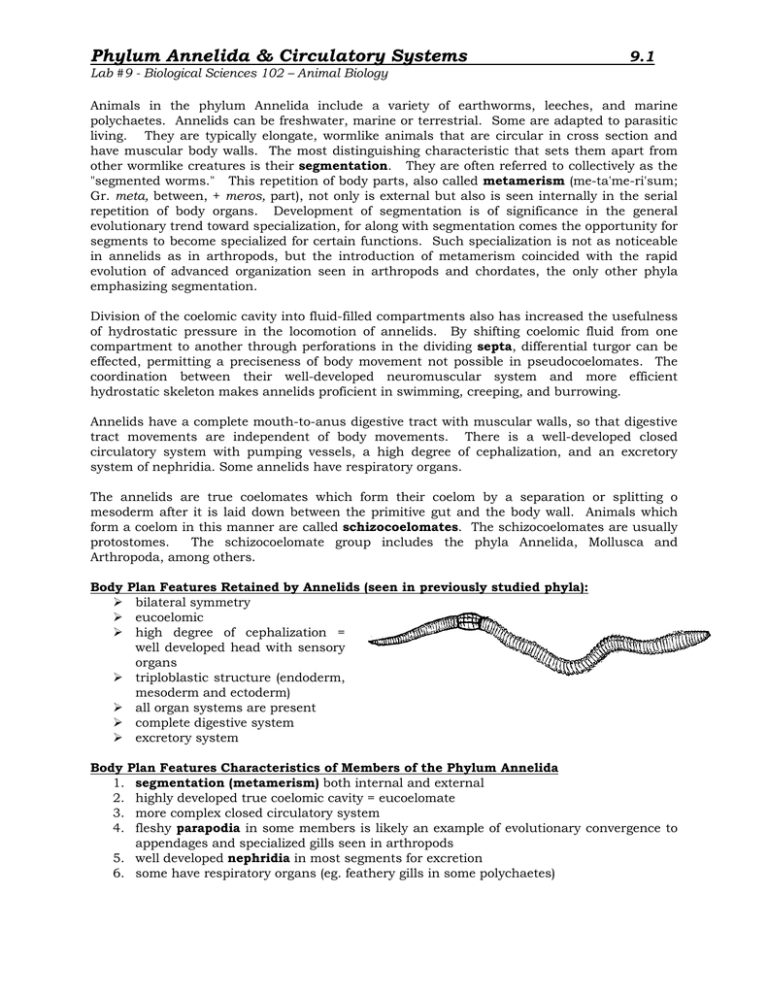

Surprisingly, in many cases this consensus does not rest on material evidence of metazoan affinity but, rather, on an implicit assumption that the organisms are total-group metazoans. This latter hypothesis later softened to consider the Ediacaran Biota as an extinct phylum within total-group Metazoa or total-group Eumetazoa (Buss & Seilacher, 1994) a view not substantially different from the current broad consensus that these Ediacaran organisms are allied to early-branching lineages of Metazoa or Eumetazoa (e.g. Their fossil remains possess few morphological characters that are diagnostic of any particular phylogenetic affinity, and multiple competing hypotheses for where they lie within Eukarya have been proposed since their initial description (summarised in Xiao & Laflamme, 2009 Budd & Jensen, 2017), including the suggestion that they represent an entirely distinct Kingdom Vendobionta (Seilacher, 1989, 1992). Many of these organisms, which are typically preserved only as impressions of their external surfaces, are united by a body plan composed of self-repeating morphological units. Some of the most likely candidates for early animal fossils are found within the Ediacaran Biota an enigmatic assemblage of largely soft-bodied macroscopic organisms that spans the ∼40 million year interval immediately prior to the Cambrian Period (Fedonkin et al., 2007 Cunningham et al., 2017). Erwin et al., 2011 Cunningham et al., 2017). Molecular clock estimates suggest that animals originated ∼700–800 million years ago (Ma) (dos Reis et al., 2015), but unequivocal fossil evidence for animals is not found until closer to ∼541 Ma (e.g. Elucidating the developmental processes that underpin this complexity is a major challenge for contemporary evolutionary and developmental biology. Animals are therefore among the most biologically complex organisms.
Serial repetition of segments is a defining characteristic of which worm phylum? free#
Assisted by their ability to undergo coordinated embryogenesis (Valentine, Tiffney, & Sepkoski, 1991), and free from the restrictions of rigid cell walls, animals have evolved well over 100 distinct cell types, and have arranged them into diverse tissue types, physiological systems, and morphological structures. We conclude, based on the available evidence, that the affinities of the rangeomorphs and the dickinsoniomorphs lie within Metazoa.Īmong multicellular eukaryotes, Metazoa are unique in exploring a broad range of diverse body plans. We use these data and interpretations to re-evaluate the phylogenetic position of the broader Ediacaran morphogroups to which these taxa are considered to belong (rangeomorphs, dickinsoniomorphs and erniettomorphs). Here we present what is known of ontogeny across the three iconic Ediacaran taxa Charnia masoni, Dickinsonia costata and Pteridinium simplex, together with new ontogenetic data and insights. Attempts to decipher members of the enigmatic Ediacaran macrobiota have largely involved study of morphology: comparative analysis of their developmental phases has received little attention.


If a metazoan affinity can be demonstrated for these organisms, as advocated by many researchers, they could prove informative in debates concerning the evolution of the metazoan body axis, the making and breaking of axial symmetries, and the appearance of a metameric body plan. Alternative competing phylogenetic interpretations have been proposed for Ediacaran taxa, including algae, fungi, lichens, rhizoid protists, and even an extinct higher-order group (Vendobionta).

However, the unusual morphologies of some of these organisms have made it difficult to resolve their biological relationships to modern metazoan groups. Rocks of the Ediacaran System (635–541 Ma) preserve fossil evidence of some of the earliest complex macroscopic organisms, many of which have been interpreted as animals.


 0 kommentar(er)
0 kommentar(er)
